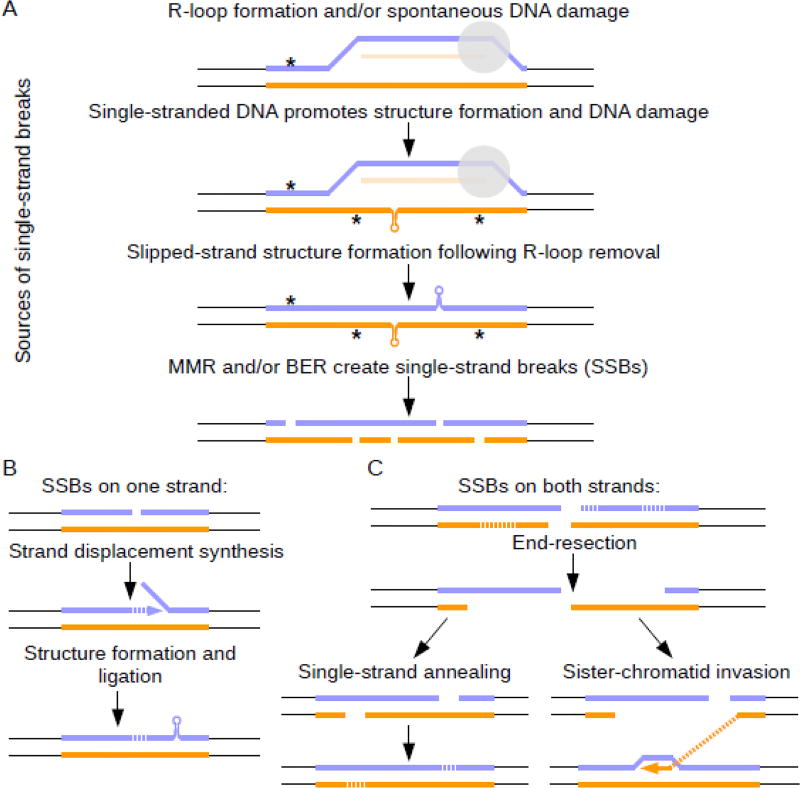Fig. 6. Instability due to DNA damage and repair.
A) Sources of single strand breaks (SSBs): In addition to spontaneous DNA damage (*), R-loops (extended RNA-DNA hybrids) can expose long stretches of single-stranded DNA, which can increase the rate of DNA damage, including oxidative damage and cytosine deamination. DNA damage undergoes base excision repair, leading to single-strand breaks. Secondary structure formation in repetitive tracts occurs in ssDNA exposed on the non-template strand while the R-loop is present, and can lead to slipped-strand structures when the R-loop is removed. Secondary structures can be recognized and cleaved by various enzymes, potentially leading to contractions, and also leading to SSBs. B) If SSBs occur only on one strand, repair can occur via strand displacement synthesis, creating a flap that can form secondary structures. The flap can be stabilized by mismatch repair enzymes and incorporated into the repaired DNA strand, causing a repeat expansion. C) If SSBs occur on both strands, this results in a double strand break. DSB repair can occur by a number of mechanisms, including non-homologous end joining (not shown), BIR (see Fig. 5), single-strand annealing between repetitive tracts, which can result in contractions, and sister chromatid invasion and recombination, which can potentially result in expansions or contractions.

